What to see in Tarifa besides its wonderful beaches
Best things to see and do in Tarifa
In this article you’ll find the essential information on what to see and do in Tarifa:
- A few words about Tarifa and its incredible history
- Where Tarifa is on the map
- Best things to see in Tarifa
- Discover Tarifa’s incredible beaches
- What to do in Tarifa
- Period of the Tarifa Fair
- Book accommodation
- What to see around Tarifa
- Some useful links (visits in Andalucia)
- Photos and videos of kitesurfing on the beaches of Tarifa

A few words about Tarifa and its history
Please note : the presentation of Tarifa is a little long but it makes the visit much more interesting 🙂 .
Tarifa is a small town in the province of Cadiz, in Andalucia. It lies in the extreme south of the country, off the coast of Morocco. It is the closest town in Europe to Africa. The strait separates the towns of Tangier and Tarifa by just 14 km.

Tarifa is therefore the most southerly point on the Iberian Peninsula, and therefore in Europe. This geographical point lies exactly on the island of Las Palomas. Today, this island is linked to the town by a street.
This street, Punta de Tarifa, is also the dividing line between the waters of the Mediterranean Sea and those of the Atlantic Ocean. In just 2 minutes, you can be swimming in the Mediterranean,

and then, by crossing this street, take a dip in the Atlantic Ocean!

Tarifa boasts an absolutely exceptional environment: 60% of the municipality of Tarifa is in a protected area.
- The Los Alcornocales nature park covers more than 17,000 hectares in Tarifa,
- Bolonia Dune, on the beach of the same name
- The Strait of Gibraltar Nature Park, shared with Algeciras, with 7,300 hectares in Tarifa.
With its incredible historical heritage and bohemian atmosphere, Tarifa has also become one of the best places in the world for kitesurfing:
Tarifa is a summer seaside resort with a peaceful atmosphere. It also boasts 20 km of spectacular beaches with flour-fine sand and crystal-clear waters.
Tarifa and its eventful history:
The town of Tarifa takes its name directly from the early history of Al-Andalus. In 710, Tariq Ibn Zyiad, the leader of the Muslim expedition to Spain, sent his commander Tarif Abu Zara to settle on the island of Las Palomas, just opposite Tangier. It can be visited today.

His task was to study the military forces of the Visigoths. A year later, the conquest of Spain was launched with 9,000 men, landing not far from there on the Rock of Gibraltar.
In the wake of the conquest, a medina was founded just off the Isla de las Palomas in honour of this commander: Al-Jazirat Tarif (the town of Tarif). This town, Tarifa, still bears the name of the man who made the conquest of Spain possible.

Two centuries later, the town was fortified on the orders of Abderraman III. He was the first Caliph of Cordoba (929-961). A large fortress (one of the best preserved today) was built from 930 and completed in 960, as the Fatimids in North Africa threatened to invade Al-Andalus and wipe out the Umayyad dynasty. The castle is well worth a visit (see below)!

Tarifa, a strategic entry point, 14km from Africa
Tarifa had a very warlike history, with many kingdoms and dynasties (the Taifa of Algesiras, the Al-Mutamide kingdom of Seville, the Almoravid dynasty, which was later expelled to Africa by the Almohad dynasty).
In 1292, the city experienced a decisive turning point: it was conquered by Alfonso IV and the Castilians over the Marinids.

Note: Twenty years earlier, the King of Granada had offered the Moroccan Merinid tribe the cities of Tarifa and Algeciras in exchange for the western protection of the Kingdom of Granada against the Castilians.

In 1292, the city’s protection was entrusted to Alonso Pérez de Guzman, who has since become the city’s hero. The Marinids attempted to retake the city in 1294. They captured the son of Alonso Pérez de Guzman and demanded to exchange his son’s life for the city.
The response of the city’s first defender was an absolute refusal, and it is even said that he threw his own knife at the Muslim forces from the octagonal tower of the Caliphal castle to kill his son.

On the town’s flag and coat of arms, its history as a warrior is reflected in a symbol.

The three keys underline Tarifa’s strategic importance as Spain’s gateway to and from Africa, and the motto “Estote fortes in bello” means “remain strong in war”.
Other important historical facts
The castle of Guzmán el Bueno continued to play an important defensive role:
- In 1340, the Marinids tried to retake Tarifa, but failed.
- In the 16th and 17th centuries, it was used to combat the Berber piracy that devastated the coasts of southern Spain.
- Then from the XVII to the beginning of the XVIII: it was used against the English.
- Finally, in the early 19th century, it was used to defend the town against Napoleonic troops (1811-1812), who never managed to take Tarifa.
Where is Tarifa on the map?
Best things to see in Tarifa
- The historic center and its narrow streets
- Visit Guzmán El Bueno Castle
- The Tower of Guzmán el Bueno
- The Church of San Mateo
- The defensive wall
- The Jerez Gate
- Santa Catalina Castle
- Plaza del Viento
- The Plaza de Santa Maria
- Mirador of the Strait of Gibraltar
- The Church of Santiago
- The bunkers
- Playa Chica in the Mediterranean Sea
- Los Lances beach in the Atlantic Ocean
- Other beaches in Tarifa
Tarifa’s historic centre is a great place to explore, with its narrow streets and lanes:


Visit Guzmán El Bueno Castle a must-see in Tarifa
This Tarifa castle, which today bears the name of the town’s first defender, is of Caliphate origin. It was built under Abderraman III. This very well-preserved castle is over 1000 years old!
You can visit the castle and the ramparts, which offer magnificent views.
The Tower of Guzmán el Bueno (official name: Tower of Albarran) is linked to Tarifa Castle by a “corridor”. This 40-metre-high watchtower was built in the 13th century and is in excellent condition.

The church of San Mateo
This is the main church in Tarifa and was built around 1506.

The church is reached via a lively shopping street.

Jerez Gate and the defensive wall
Today, part of the medina’s defensive wall can be visited.
Originally, this wall had three gates leading into the medina:
- the Retiro Gate, destroyed at the end of the 19th century,


- the Sea Gate, which provided access to the town’s port, and which has also disappeared
- the Jerez Gate
According to historical sources, the Jerez Gate was built in the 13th century by the Marinids. It is one of the city’s most emblematic landmarks. The historic centre of Tarifa is usually accessed through this gate.

This gate, like the historic centre of the town of Tarifa, bounded by these ancient medieval walls, was declared a Site of Cultural Interest in 2003.
On the gateway you can see that it pays homage to Sancho IV: “Very noble, very loyal and heroic town of Tarifa won over the Moors reigning Sancho IV the Brave on 21 September 1292”.
Santa Catalina Castle a curiosity to see in Tarifa
It was built at the beginning of the 20th century (1928-1933). It owes its current name to an ancient hermitage that stood here and was dedicated to Santa Catalina de Siena (16th century).
In the 17th century, the hermitage was used as a sanatorium during the plague epidemic, and later for military purposes: gunpowder was stored there!

Today, it is one of Tarifa’s most emblematic landmarks, with a distinctive architectural mix.
Plazuela del viento (Wind little Square)
Here’s a small square that lives up to its name. On a hot day, it’s an ideal place to cool off.

The Torre Miramar is freely accessible from this small square. This tower, part of the old city walls, offers some fine views of the city and Morocco.

Santa Maria Square a beautiful place to see in Tarifa
This small square is both beautiful and peaceful. The square is home to a beautiful Mudéjar-style building:

This is the city’s library and archive centre.
Viewpoint of the Strait of Gibraltar – Mirador del estrecho –

This viewpoint is located 6 km from the city, on a hill. This viewpoint offers an absolutely incredible panorama of the Strait of Gibraltar and Tangier.
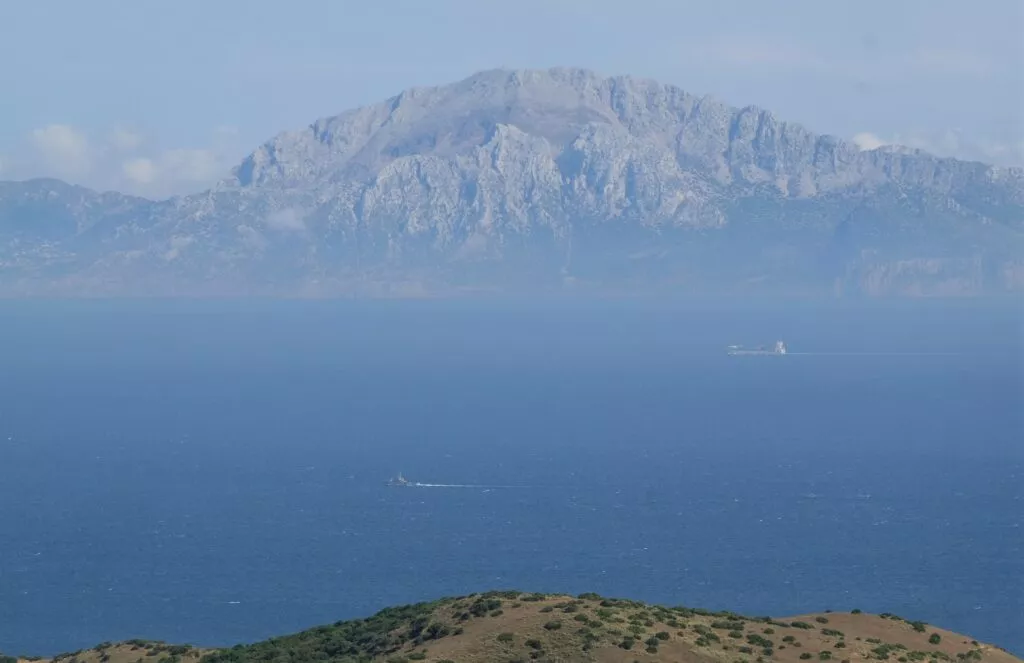
You can see Jebel Musa (above), a mountain that rises to an altitude of 815 metres in Morocco and is considered to be one of the Columns of Hercules. On the Spanish side, the other “column” is the Rock of Gibraltar. In ancient times, these two columns were considered to be the boundaries of the world.
The Spanish-Moroccan agreement for the protection of nature can be seen at the viewpoint. The strait between Tangier and Tarifa is a corridor of particular importance for many migratory species (flamingos, storks and some eagles).

Also worth seeing in Tarifa:
- The Church of Santiago, in the Aljaranda district, was built in the 14th century on the remains of a former mosque. The temple is more or less in ruins.
- The bunkers: built in the 1940s on Los Lances beach as part of the project to fortify the Straits of Gibraltar.

The beaches, wonders to see in Tarifa
In the centre, there are 2 beaches (one in the Mediterranean Sea and the other in the Atlantic Ocean, which is unusual) separated by 50 metres.
La Playa Chica – The Small Beach –
This small beach, around 400 metres long, is located next to the Isla de las Palomas.

It is Andalucia’s last beach on the Mediterranean towards Portugal.
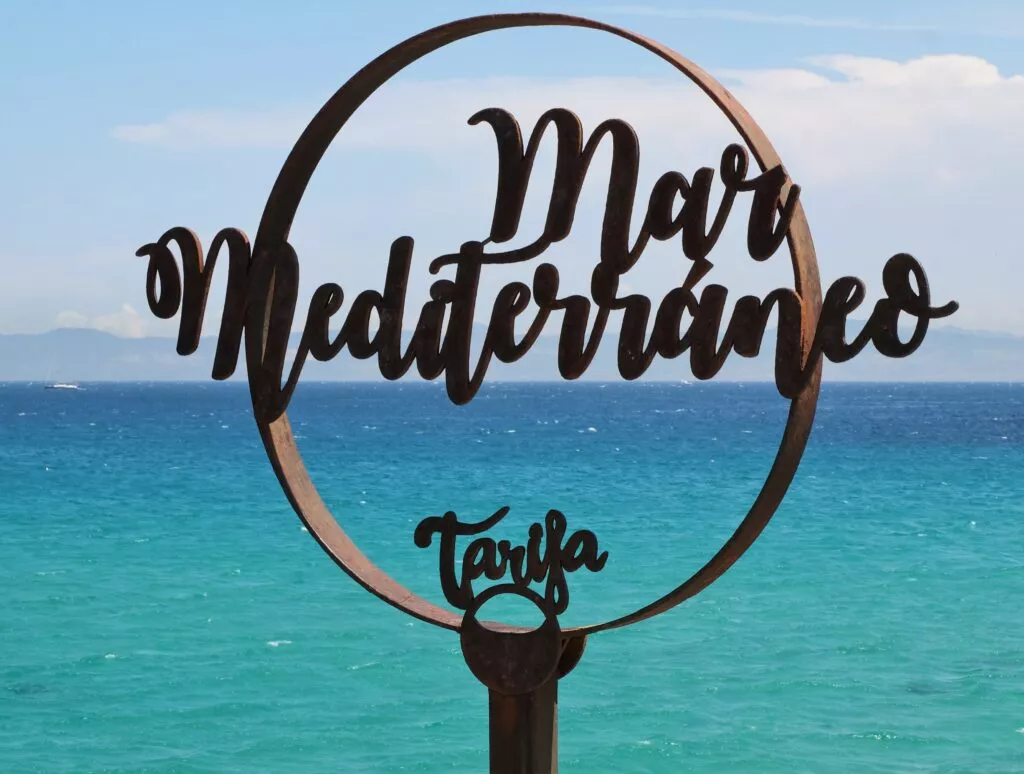
Due to its small size, it is known as El Rincón and El Rinconcillo. The waters are relatively calm and the sand is very fine.
Los Lances beach
This is a long beach of fine sand and crystal-clear waters.

It is also the first beach on the Atlantic Ocean in Andalucia, on the way to Portugal.

The wind is generally quite strong, making it ideal for sports such as windsurfing and kitesurfing.


However, its almost five-kilometre stretch and 100-metre width also make it a tranquil beach, ideal for couples and families alike.
Other beaches in Tarifa
Valdevaqueros beach
Valdequeros beach is reputed to be one of the best beaches in Spain (like neighbouring Bolonia). It is now a paradise for windsurfers and kitesurfers.
The beach is over 4 kilometres long and boasts a unique, protected natural environment (with sand dunes).
Bolonia beach
The Bolonia beach is an absolutely exceptional place in many ways…

Bolonia beach, around 20 km from Tarifa, is undoubtedly one of the most beautiful in Spain. It stretches over 4 kilometres of fine sand. Naturally, it is home to the famous Bolonia Dune, an incredible natural spectacle, as well as the Roman city of Baelo Claudia, which borders the beach and is well worth a visit.
El Cañuelo beach
This is a beautiful beach, smaller than the others, but with the same unspoilt environment as the others.
What can you do in Tarifa?
Tarifa offers a multitude of high-quality nature-related activities. It is known as one of the world’s water sports capitals.
However, Tarifa is also the starting point for excursions to towns such as Ronda and Tangier. Here are a few examples, with links for more information.
A selection of activities in Tarifa
- Try your hand at windsurfing and kitesurfing on Tarifa’s beaches

- Discover the possibilities of horse riding
- One of the best experience for one week ! : 7 Day Experienced Riders Week in Tarifa
- Book a scuba diving experience
- Book a boat trip to watch the cetaceans in the Strait
- present all year round: common dolphin, striped dolphin, bottlenose dolphin and pilot whale
- killer whales from July to September
- sperm whales between March and August
- fin whales from May to August
- Take the boat to spend a day in Tangier with a guide
- Go snorkelling (mask and snorkel provided), as shown below:

Below, you will find more activities and visits in Tarifa. You can also book them online today.
Bonus: all activities can be cancelled up to 24 hours before the scheduled date.
Period of the Tarifa Fair

Book accommodation
Here’s an idea for a hotel in a great location, with a rather unusual swimming pool. It’s on the roof of the hotel and part of the pool is visible from the outside. What’s more, the view of the city and Morocco from the pool is magnificent:

Here’s the link to find out more and/or book the hotel: Spa Residencia del Puerto.
Below you will find all the hotels and accommodation available in Tarifa after selecting your dates:
What to see around Tarifa
The white village of Medina Sidonia
Medina Sidonia (or Medina, as it’s known locally) is a white village with an intriguing name to discover:

The white village of Vejer de la Frontera
Vejer de la Frontera is a magnificent white village waiting to be discovered!

Some useful links for your holidays in Andalucia
Easy and economical bookings
If you are in Andalucia as part of a tour with several major cities to visit, here are some links that may be of interest:
Seville, the capital of Andalucia, is a city full of treasures to discover and monuments to visit.

Here you will find everything you can see in Seville in 3 days. And for those who will stay longer you will also find information on secret Seville and the Santa Cruz and Triana districts.
Visit Cadiz, a city with an incredible past, and one of great beauty, on the Costa del la Luz :

If you’re visiting the Costa del Sol, you can find out what to see and do in Malaga in this link:

To visit Granada, check out the Albaicin and Sacromonte districts:

And of course, visit Cordoba, the Caliphate city, and the Juderia quarter

Discover more of Andalusia’s beautiful sites in the Andalusia blog pages.
Here is the link to receive our andaluciamia.com blog newsletter
Photos and videos of kitesurfing on the beaches of Tarifa


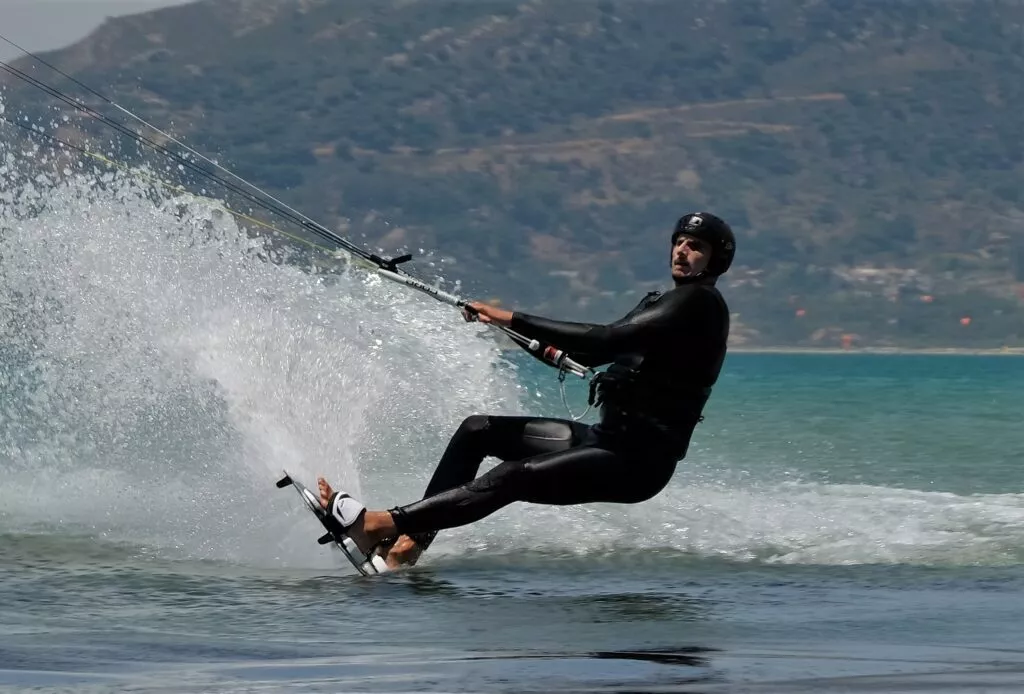




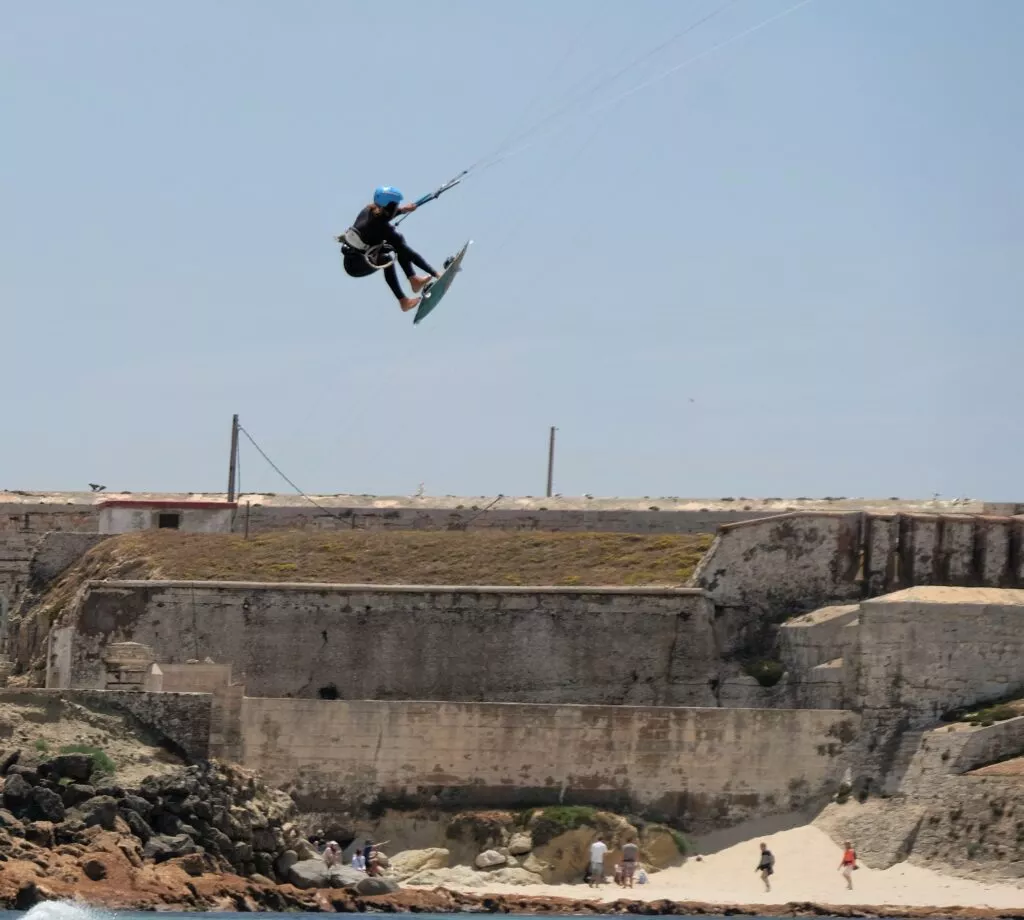
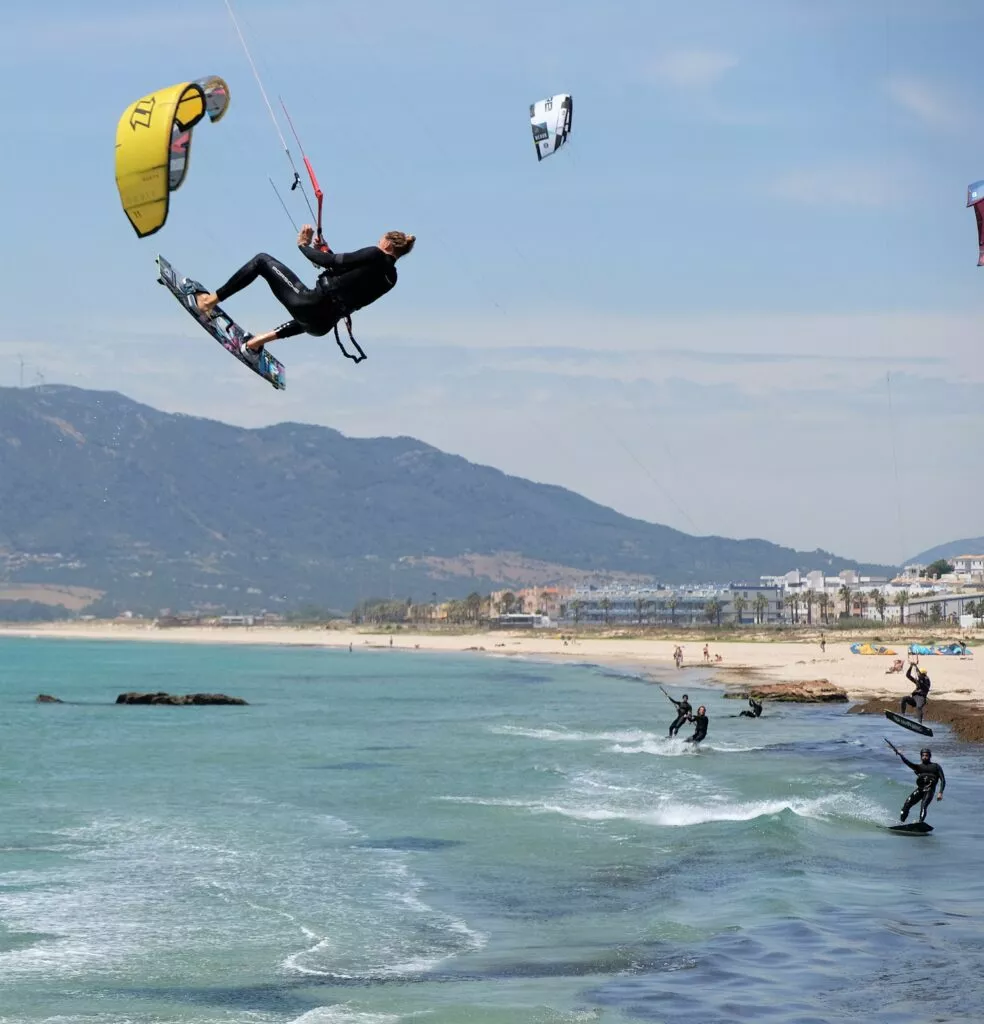


The latest articles on Andalucia
-
Interactive map of Andalucia with best places to see

An interactive map of Andalucia to discover the sites to see around your holiday destination or to prepare a tour or road-trip.
-
What to see in Parauta and its enchanted forest ?

All the essential things to see in the wonderful village of Parauta and also in its very curious enchanted forest, el bosque encantado.
-
Genalguacil – what to see in the Vizier’s beautiful gardens
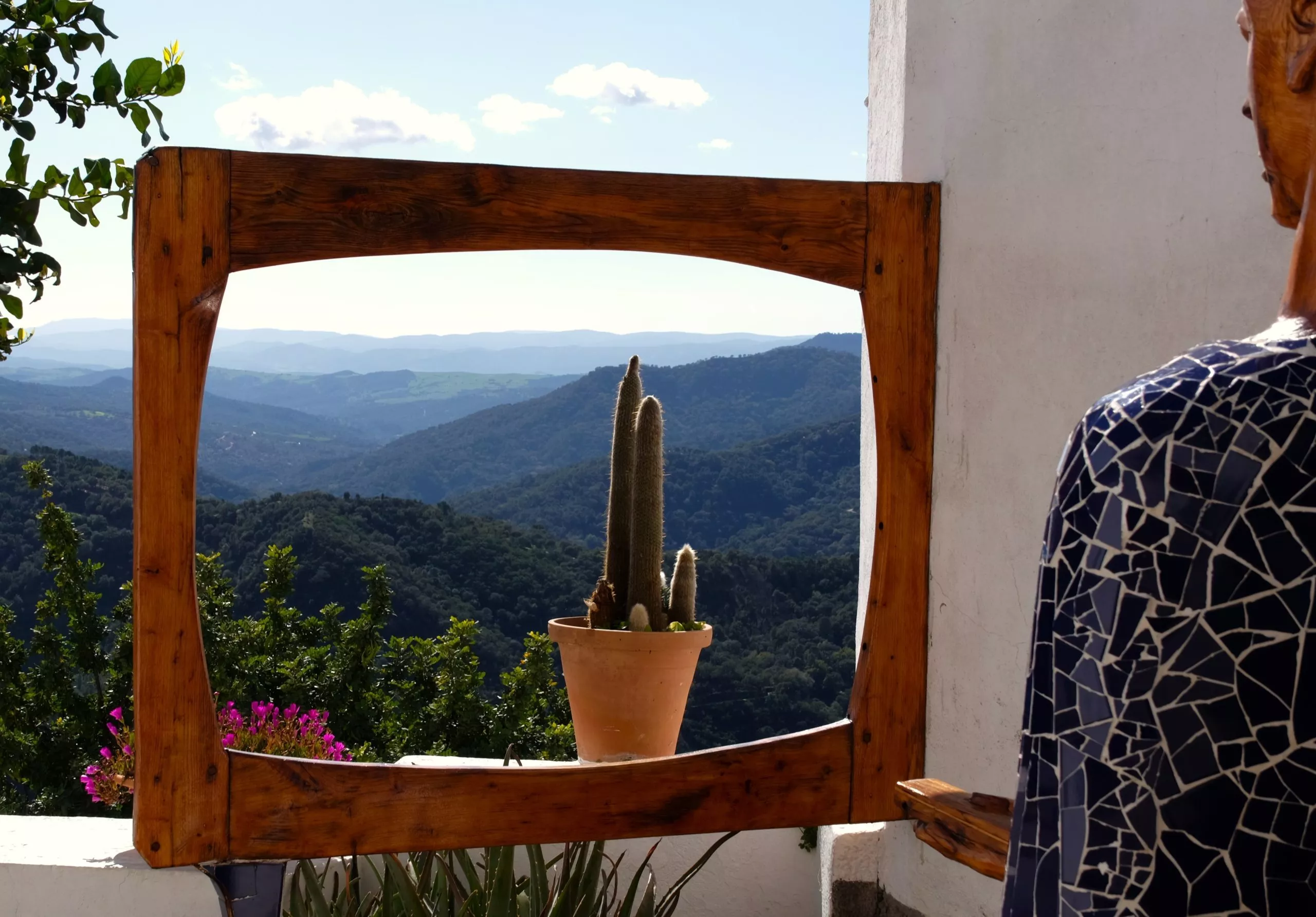
Here are all the essentials to see in the incredible village-museum of Genalguacil. This is an opportunity to discover the Genal Valley.


